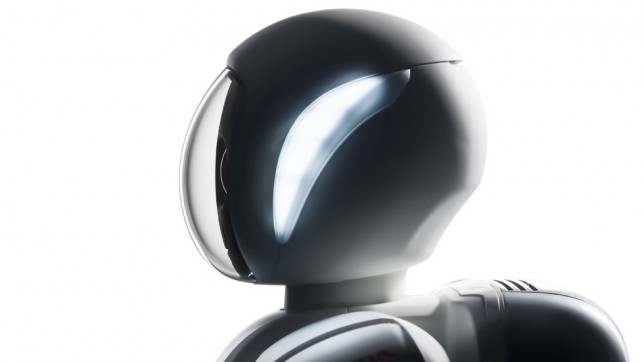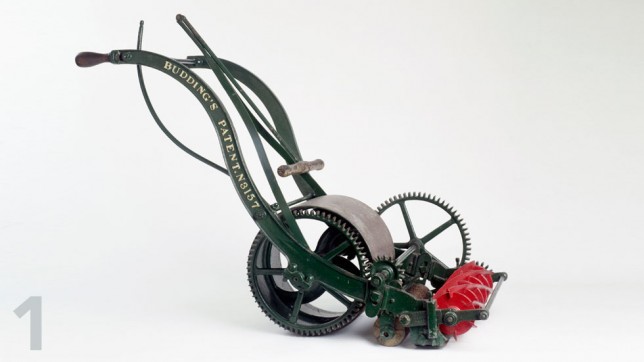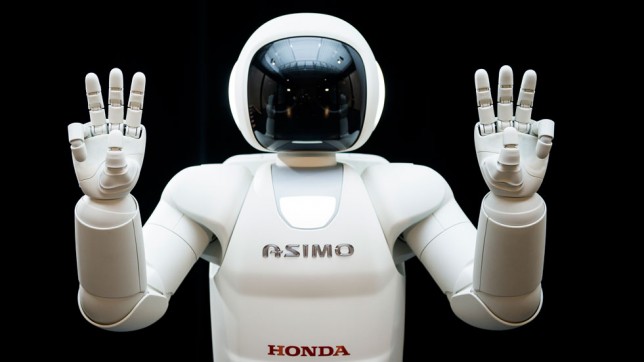By Dean Slavnich
Illustration by Vesa Sammalisto
Who would have thought that robotic technology would be transforming our daily lives in the real world? Robots were once the fantasies of motion pictures and sci-fi novels, but no longer.
As engineering advances, robots are playing an ever-increasing role in society, so much so that Hollywood’s once far-fetched vision of androids doing everything – from domestic chores through to performing life-saving rescue missions – is now within our grasp.
At Harvard University, more than a decade of pioneering research in the robotics field literally took off recently when the RoboBee leapt up from a desk in the research lab, flapped its wings, hovered for a few seconds and then undertook a pre-planned journey through the air.
This miniature robot, modelled closely on flying insects, is just half the size of a paperclip, making it the smallest flying robot in the world. The technology, however, represents huge inroads in robotic engineering, especially into the areas of manufacturing, materials and design.

Honda is leading the field in humanoid robotics
RoboBee’s wings, for example, are made from tiny pieces of ceramic piezoelectric material, allowing the wafer-thin surfaces to flap at an astounding 120 times a second! The hope is that future generations of the RoboBee could help with search-and-rescue missions, particularly in disaster zones.
Driven by similar aspirations, researchers in India are working on robotic soldiers that could be deployed in armed conflicts, which would minimise the loss of human lives.
However, robots are not just being developed for disasters and wars. Recently, iRobot Corporation unveiled the Ava 500, a high-tech robotic machine that allows business executives to beam themselves onto the factory floor or into an office anywhere in the world. It’s an all-in-one PC atop a fully mobile ‘body’, and it’s designed for executives needing to undertake tours and inspections in far-away locations.
Meet the new ASIMO
Vehicle manufacturing has benefited greatly from automation, and the days when robots performed only simple, bolt-on assembly jobs are rapidly diminishing. Now a new generation of fast, efficient machines undertakes complex assignments. And these high-tech robots are not just working in the automotive field, but also the scientific, medical and leisure industries.

ASIMO has evolved from being a mere machine to an autonomous unit with decision-making capabilities
Leading the field is Honda, with its innovative ASIMO. The latest version of the humanoid robot has more degrees of freedom (movements up and down, left and right, etc) than the human body. It is also equipped with the world’s first autonomous behaviour-control technology, which enables ASIMO to move independently of the direct control of an operator.
This means that the new ASIMO has evolved from being a mere machine to an autonomous unit with decision-making capabilities that determine its behaviour in relation to its surroundings. For example, it is able to sense the movement of people and the presence of obstacles and navigate around them.
ASIMO is now one step closer to being successfully deployed in perhaps an office
or public space, working and interacting with the humans around it.
Helping hand
Using the knowledge gained making ASIMO, Honda Robotics has developed a task-performing robotic arm. It has the potential to save lives by undertaking various operations in difficult or dangerous environments and disaster zones.
The high-tech innovation has been designed to operate from a self-propelled base. It benefits from the same stability-control technology that is used for ASIMO’s walking and running modes, ensuring that the posture of the robotic arm remains stable even on unstable surfaces.
In addition, the compact arm boasts the same multi-joint technology that simultaneously operates as many as 57 motors embedded in the joints of the arms and legs of ASIMO. When applied to the robotic arm, this cutting-edge innovation enables it to move around obstacles and approach objects, even in narrow spaces. So advanced is the set-up that the robotic arm is able to open and close valves on pipelines that are difficult to enter during natural disasters.
Liquid engineering
Welcome Makr Shakr, a robotic bartending system. This is the collaborative work of the Massachusetts Institute of Technology (MIT) Senseable City, Coca-Cola Company and Bacardi Rum in the US. The new mixology system allows users to create real-time personalised cocktails through a smartphone application.
Makr Shakr’s mission is to help assess how people embrace the new possibilities that are offered by robotic manufacturing.
To create an all-encompassing experience, the robot’s movements were modelled on the gestures of Roberto Bolle, principal dancer at La Scala opera house in Milan, along with Italian director and choreographer Marco Pelle.
To use Makr Shakr, you first need to download a smartphone app and select a drink from the various cocktails on offer. The data from the app then triggers the cocktail-creation process, which involves three robotic arms whose movements mimic the actions of a bartender, from the shaking of a martini to the thin slicing of lemon and lime garnishes. Ideal for a cool and refreshing Moscow Mule!













